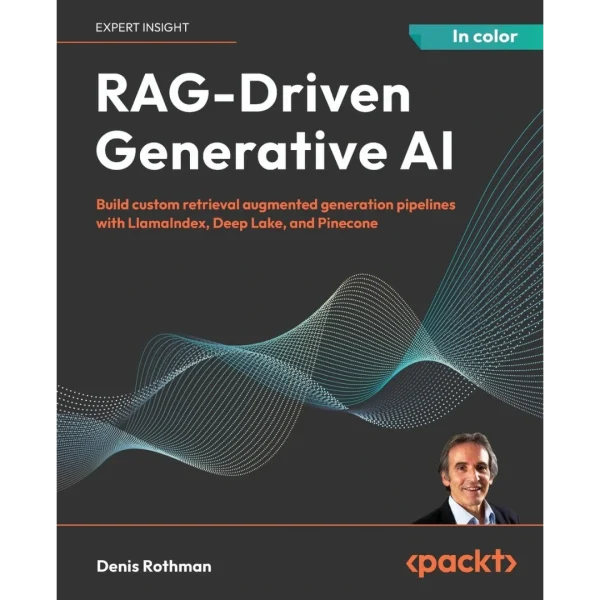
RAG-Driven Generative AI: Build custom retrieval augmented generation pipelines with LlamaIndex, Deep Lake, and Pinecone
Original price was: $45.99.$19.95Current price is: $19.95.
✔️ (PDF) • Pages : 335
RAG-Driven Generative AI provides a roadmap for building effective LLM, computer vision, and generative AI systems that balance performance and costs.
This book offers a detailed exploration of RAG and how to design, manage, and control multimodal AI pipelines. By connecting outputs to traceable source documents, RAG improves output accuracy and contextual relevance, offering a dynamic approach to managing large volumes of information. This AI book shows you how to build a RAG framework, providing practical knowledge on vector stores, chunking, indexing, and ranking. You’ll discover techniques to optimize your project’s performance and better understand your data, including using adaptive RAG and human feedback to refine retrieval accuracy, balancing RAG with fine-tuning, implementing dynamic RAG to enhance real-time decision-making, and visualizing complex data with knowledge graphs.
You’ll be exposed to a hands-on blend of frameworks like LlamaIndex and Deep Lake, vector databases such as Pinecone and Chroma, and models from Hugging Face and OpenAI. By the end of this book, you will have acquired the skills to implement intelligent solutions, keeping you competitive in fields from production to customer service across any project.
What you will learn
- Scale RAG pipelines to handle large datasets efficiently
- Employ techniques that minimize hallucinations and ensure accurate responses
- Implement indexing techniques to improve AI accuracy with traceable and transparent outputs
- Customize and scale RAG-driven generative AI systems across domains
- Find out how to use Deep Lake and Pinecone for efficient and fast data retrieval
- Control and build robust generative AI systems grounded in real-world data
- Combine text and image data for richer, more informative AI responses
Who this book is for
This book is ideal for data scientists, AI engineers, machine learning engineers, and MLOps engineers. If you are a solutions architect, software developer, product manager, or project manager looking to enhance the decision-making process of building RAG applications, then you’ll find this book useful.
Table of Contents
- Why Retrieval Augmented Generation?
- RAG Embedding Vector Stores with Deep Lake and OpenAI
- Building Index-Based RAG with LlamaIndex, Deep Lake, and OpenAI
- Multimodal Modular RAG for Drone Technology
- Boosting RAG Performance with Expert Human Feedback
- Scaling RAG Bank Customer Data with Pinecone
- Building Scalable Knowledge-Graph-Based RAG with Wikipedia API and LlamaIndex
- Dynamic RAG with Chroma and Hugging Face Llama
- Empowering AI Models: Fine-Tuning RAG Data and Human Feedback
- RAG for Video Stock Production with Pinecone and OpenAI
9 reviews for RAG-Driven Generative AI: Build custom retrieval augmented generation pipelines with LlamaIndex, Deep Lake, and Pinecone
You must be logged in to post a review.
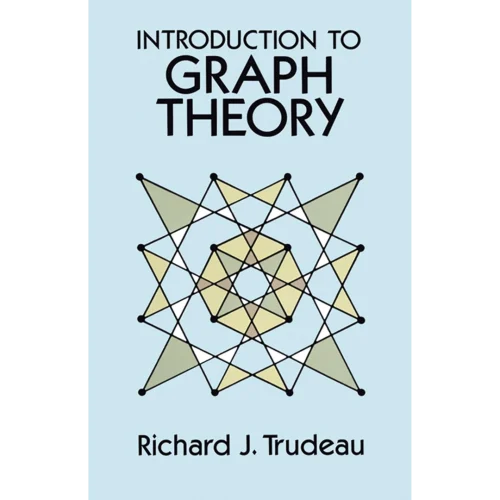
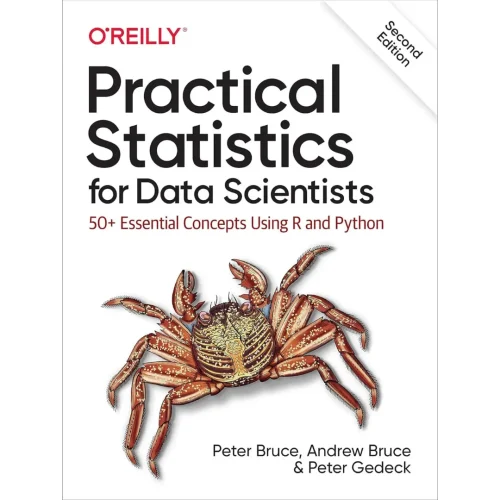
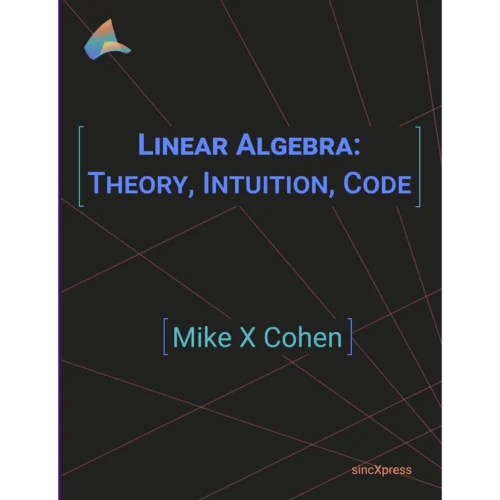
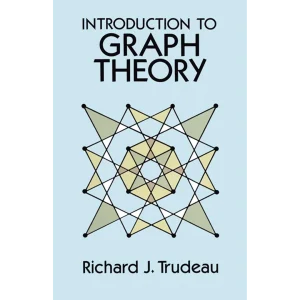
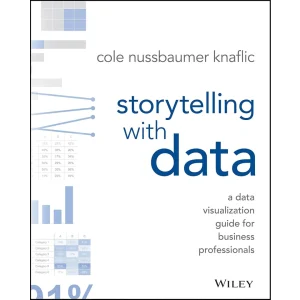

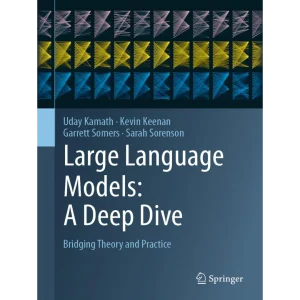






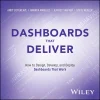

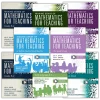
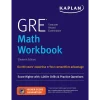

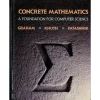




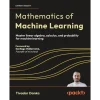







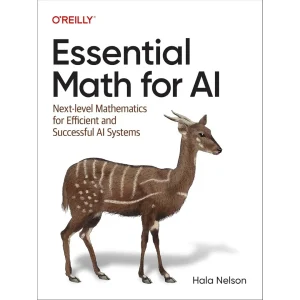




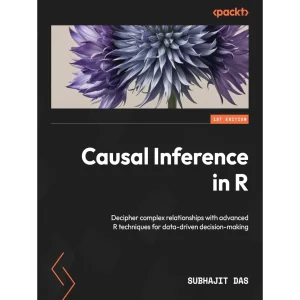



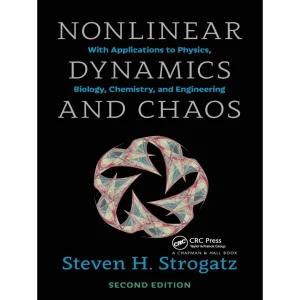
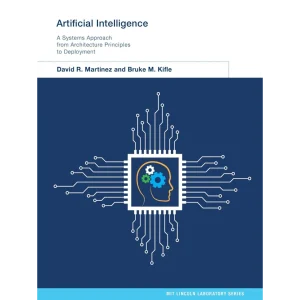
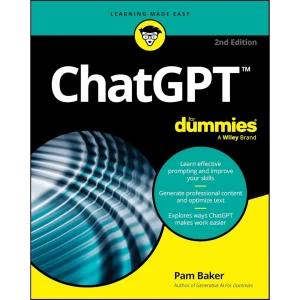
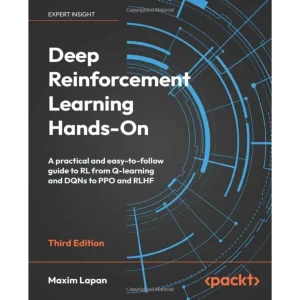

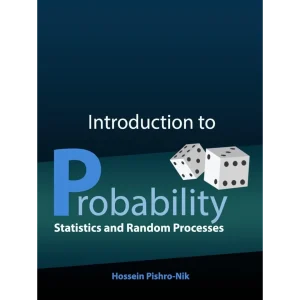

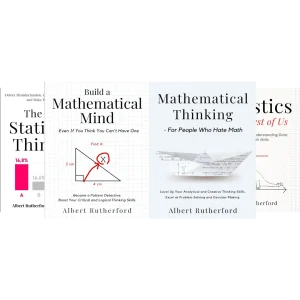




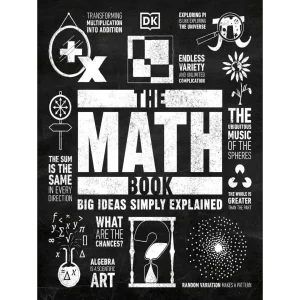
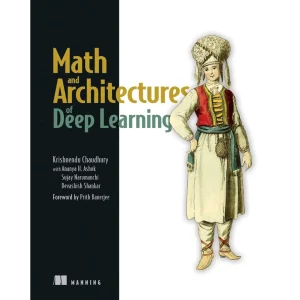

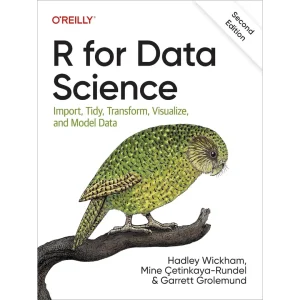


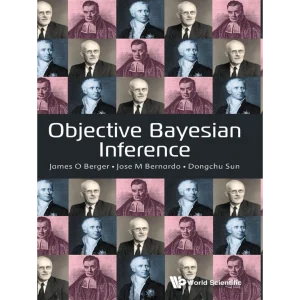



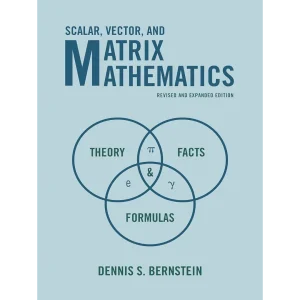




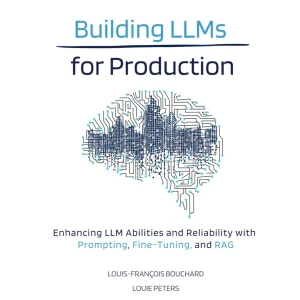

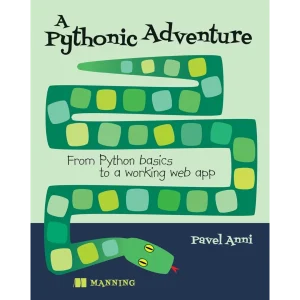
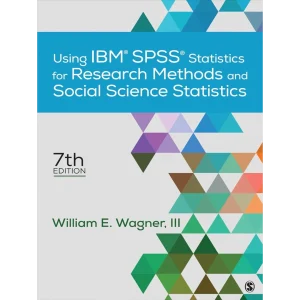
Salman Farsi (verified owner) –
This is book is one of the best additions in my library.
Comprehensive Coverage: The book provides an in-depth exploration of Retrieval Augmented Generation (RAG), detailing both foundational concepts and advanced techniques.
Practical Implementation: It includes practical examples and code snippets, particularly useful for those looking to build custom RAG pipelines using LlamaIndex, Deep Lake, and Pinecone.
Expert Insights: Authored by Denis Rothman, a seasoned AI expert, the book benefits from his extensive experience and includes contributions from other industry professionals.
Resourceful Appendices: The appendices and additional resources, such as the GitHub code repository, enhance the learning experience by providing ready-to-use tools and further reading materials.
Om S (verified owner) –
When I was struggling to make my AI models provide accurate and reliable information, I came across Denis Rothman’s “RAG-Driven Generative AI.” This book turned out to be exactly what I needed. It introduces Retrieval Augmented Generation (RAG) in a way that’s easy to understand, showing how to link AI outputs directly to their source documents. The hands-on examples using tools like LlamaIndex, Deep Lake, and Pinecone helped me apply the concepts to my own projects. I also appreciated the tips on minimizing errors and improving performance with human feedback. Whether you’re building AI systems for work or personal projects, this book offers practical advice to make your models more accurate and trustworthy.